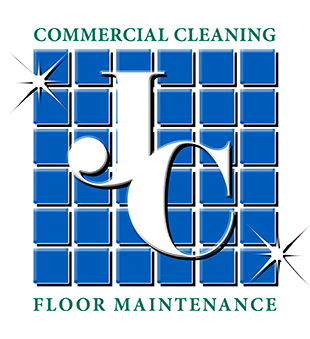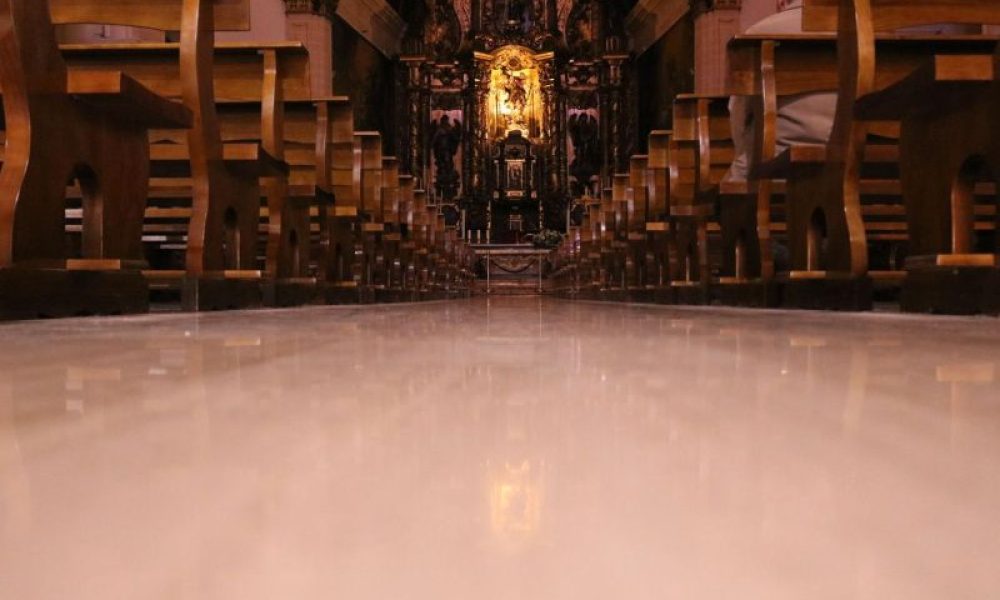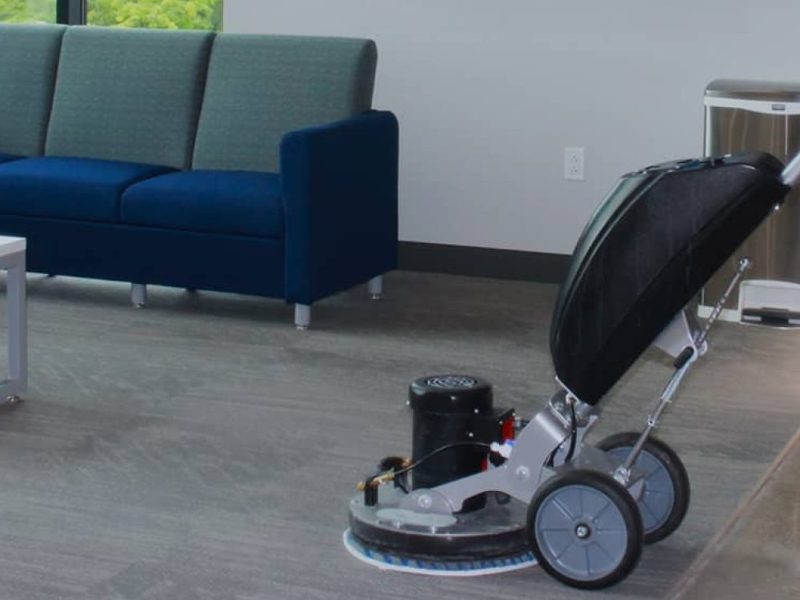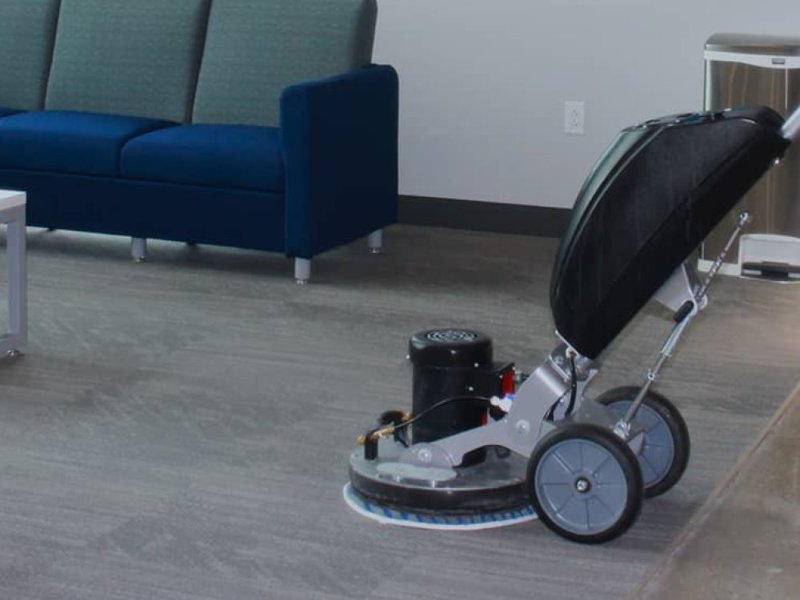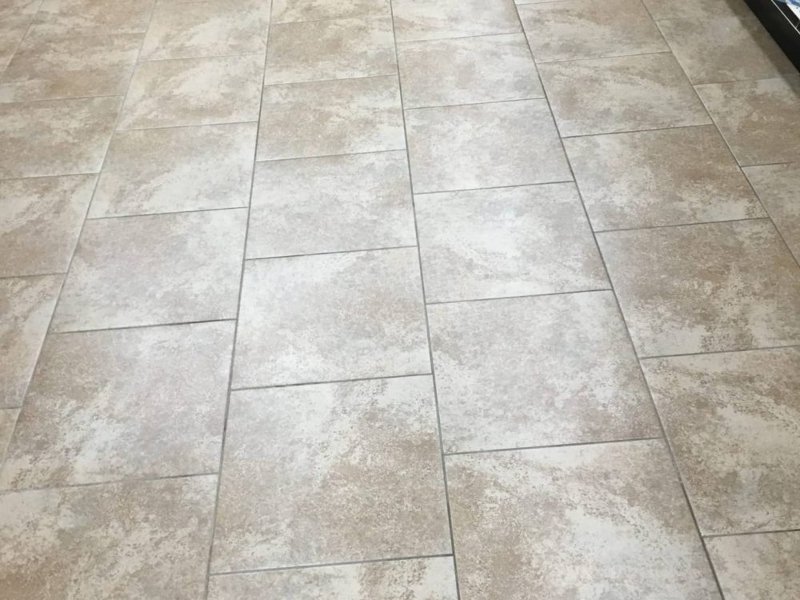Commercial hard floors serve as the foundation of countless businesses, providing a clean, durable, and visually appealing surface for various activities. However, these surfaces endure substantial wear and tear due to foot traffic, heavy equipment, spills, and more. To ensure the longevity and aesthetics of commercial hard floors, adopting a proactive approach through preventative maintenance is paramount. This article explores the importance of preventative maintenance for commercial hard floors, the key components of an effective maintenance plan, and the benefits it brings to businesses.
The Value of Commercial Hard Floors
Commercial hard floors, including materials such as tile, vinyl, laminate, and concrete, are preferred choices for businesses due to their durability, ease of cleaning, and aesthetic versatility. These surfaces withstand the daily challenges posed by foot traffic, furniture movement, and the occasional spill. However, without proper care, even the toughest hard floors can succumb to wear, losing their appeal and structural integrity over time.
Common Challenges Faced by Commercial Hard Floors
- Foot Traffic Wear: High foot traffic in commercial spaces can lead to scuffing, scratching, and gradual wear on hard floor surfaces. This is particularly true in entrance areas and pathways.
- Spills and Stains: Accidental spills of liquids, chemicals, or food can result in stains that, if not promptly addressed, may become permanent and detract from the floor’s appearance.
- Furniture and Equipment Damage: Moving furniture, carts, or heavy equipment across hard floors can cause dents, scratches, or gouges, especially if proper protective measures are not in place.
- Moisture and Humidity: Moisture infiltration, whether from leaks, spills, or environmental humidity, can lead to warping, discoloration, and even mold growth in certain types of hard flooring materials.
- Lack of Regular Cleaning: Neglecting regular cleaning routines can allow dirt, debris, and abrasive particles to accumulate, contributing to the deterioration of the floor finish.
The Significance of Preventative Maintenance
Preventative maintenance is a proactive strategy that focuses on preserving and prolonging the life of commercial hard floors. Instead of waiting for visible signs of damage to appear, businesses that implement preventative maintenance measures take a preemptive stance, addressing potential issues before they escalate. According to our friends at The Home Depot, the key components of an effective preventative maintenance plan for commercial hard floors include:
- Regular Cleaning Schedules: Establishing a consistent and thorough cleaning schedule is fundamental to preventative maintenance. This involves daily sweeping or vacuuming to remove dirt and debris, as well as periodic deep cleaning to address stains and embedded grime.
- Strategic Floor Mats: Placing high-quality floor mats at entrances and high-traffic areas helps trap dirt and moisture, preventing them from spreading across the floor. This simple measure significantly reduces the wear on hard floors and minimizes the risk of slips and falls.
- Furniture Pads and Protectors: Install protective pads or glides on the legs of furniture and equipment to prevent scratches and dents when they are moved. Regularly inspect and replace these protectors as needed.
- Prompt Spill Cleanup: Develop a protocol for immediate spill cleanup to prevent stains and moisture damage. The type of hard floor material will dictate the appropriate cleaning agents and methods for different spills.
- Professional Floor Inspections: Periodic inspections by flooring professionals can identify potential issues early on. This includes assessing the condition of the floor finish, checking for loose tiles or planks, and identifying areas that may require additional attention.
- Appropriate Floor Sealants and Finishes: Applying the right sealants and finishes provides an additional layer of protection to commercial hard floors. These products act as barriers against stains, scratches, and moisture penetration.
- Employee Training: Properly educate cleaning staff and employees on the importance of preventative maintenance practices. This includes the correct use of cleaning agents, understanding the specific needs of different flooring materials, and reporting any signs of damage promptly.
Benefits of Preventative Maintenance
- Cost Savings: Implementing preventative maintenance measures can result in significant cost savings over time. Addressing issues before they escalate reduces the need for extensive repairs or, in extreme cases, complete floor replacement.
- Extended Lifespan: Regular care and maintenance contribute to the extended lifespan of commercial hard floors. This is particularly important for businesses that invest in high-quality flooring materials.
- Enhanced Aesthetics: Maintaining the cleanliness and appearance of hard floors enhances the overall aesthetics of the commercial space. This is crucial for creating a positive impression on customers, clients, and employees.
- Improved Safety: Proper maintenance, including the use of floor mats and prompt spill cleanup, contributes to a safer environment. This is essential for preventing slips, trips, and falls, reducing the risk of liability for businesses.
- Preservation of Property Value: Well-maintained commercial spaces, including their flooring, contribute to the overall property value. This is important for businesses that own their premises or plan to sell or lease the space in the future.
- Positive Brand Image: A clean and well-maintained environment reflects positively on the brand image. It conveys professionalism, attention to detail, and a commitment to providing a high-quality experience for customers and clients.
Customizing Preventative Maintenance Plans
Every commercial space is unique, and the requirements for preventative maintenance may vary based on factors such as the type of hard flooring material, the level of foot traffic, and the specific activities conducted in the space. Therefore, it’s essential to customize preventative maintenance plans to suit the individual needs of each business. This may involve consulting with flooring professionals to determine the most effective cleaning agents, finishes, and maintenance schedules for the specific hard floor in use.
Conclusion
In the fast-paced world of commerce, the significance of preventative maintenance for commercial hard floors cannot be overstated. Businesses that invest time and resources in preserving the integrity and aesthetics of their hard surfaces reap numerous benefits, from cost savings to enhanced safety and a positive brand image. By incorporating strategic measures such as regular cleaning, floor mats, protective pads, and employee training, businesses can ensure that their hard floors stand the test of time. Ultimately, the adoption of preventative maintenance practices is not merely a precautionary measure; it is a proactive strategy for sustaining pristine surfaces that contribute to the overall success and longevity of a commercial space.
